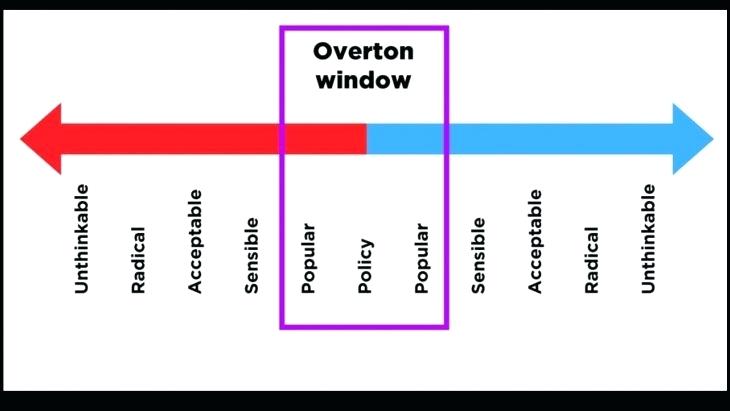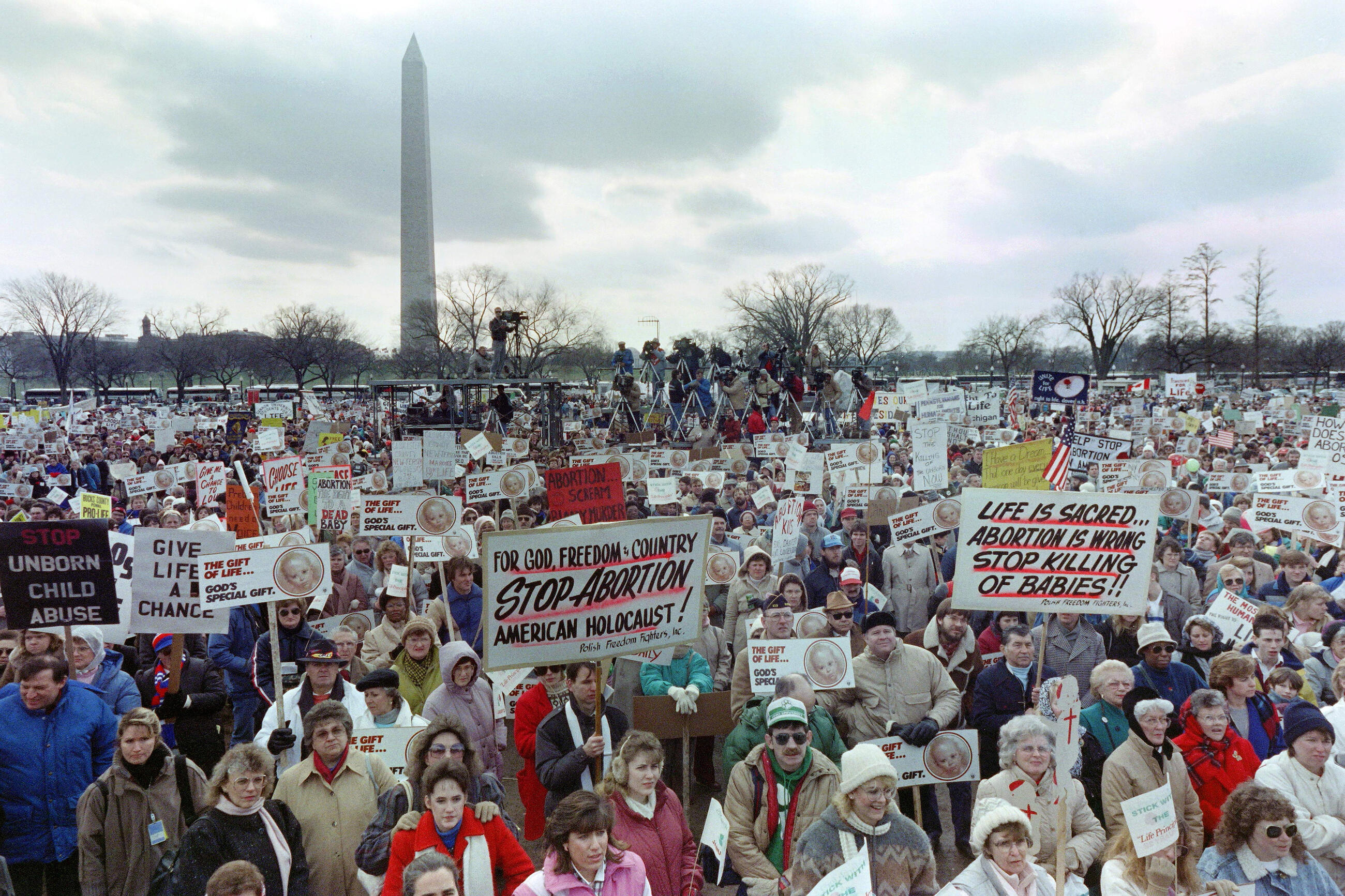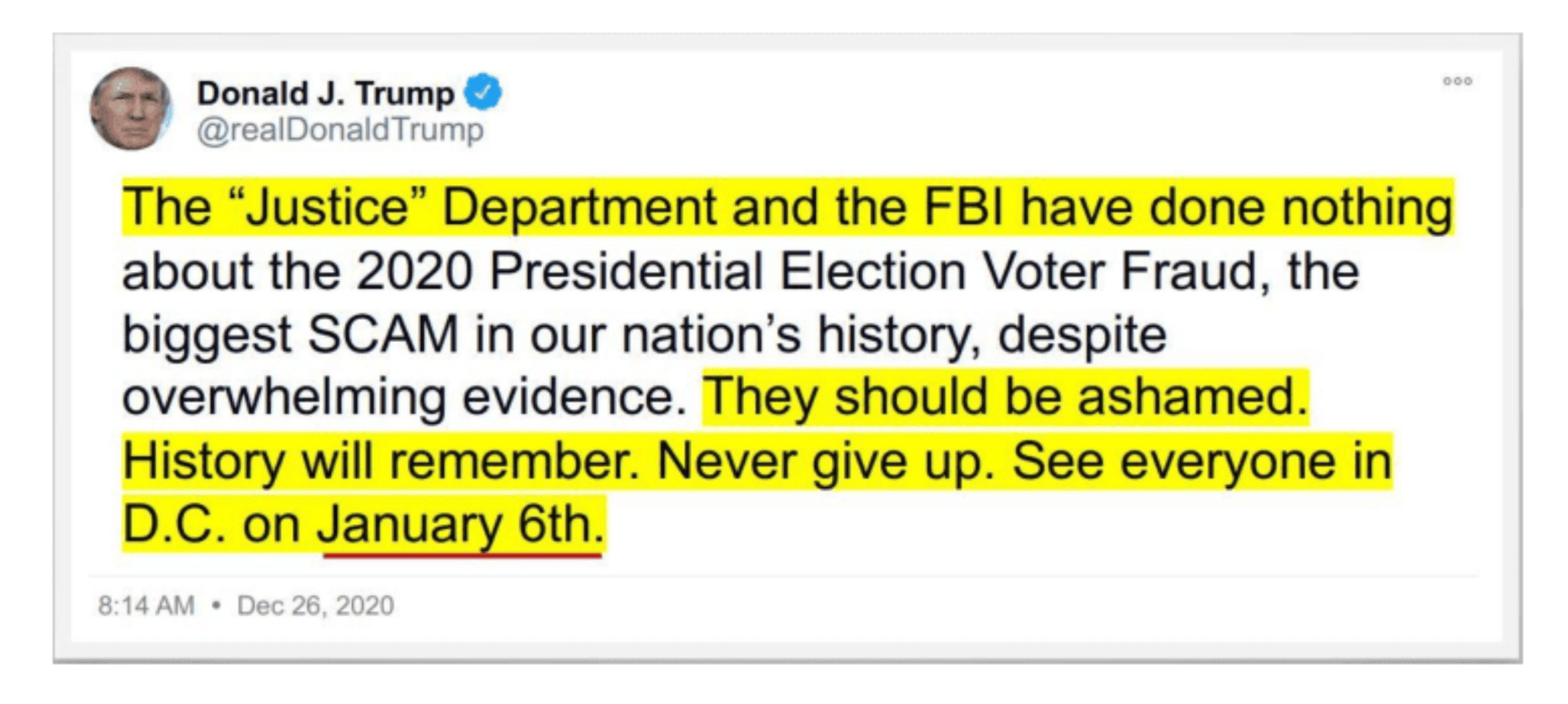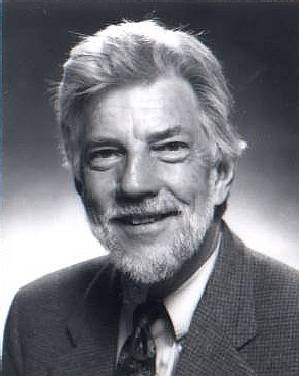For the second Each One Teach One, my group was assigned the "theories" section, with my given theory being Overton Window. Upon initial research, this idea has been written about in scholarly articles multiple times, including one from Oxford Academic Journal that discusses in depth some applications of this theory and examples of it.
When looking for an introduction for this theory, I found a great article from the Mackinac Center. The brief description that they give of what the Overton Window is in the following quote, "The Overton Window is a model for understanding how ideas in society change over time and influence politics. The core concept is that politicians are limited in what policy ideas they can support — they generally only pursue policies that are widely accepted throughout society as legitimate policy options." This allows for me to take an introspective view on our system of democracy, as I look at different politicians' campaigns and how their policies may overlap with their competitors. The article mentions how the Overton Window can shift and either expand or narrow based on how societal norms and values differ. I think of this within issues that are considered "controversial" and how as a society we have become more accepting of diversity of opinion and people. The graphic below helps explain this idea in a visual way, that helped me conceptualize the scale of what people are willing to accept, and how policies tend to fall within the box of acceptance.

Going over a brief history of this concept, the term was derived from the creator, Joseph Overton. In this short article from the Center for New Liberalism, the term was coined in the 1990s and started simply as an observation. Many found Overton's observation of the way that politicians take a stance on issues as a given, because we are all subconsciously aware of the range of acceptability. After Overton died, Joseph Lehman carried on his observation and extended it slightly. Lehman was mainly focused on how politicians can push to expand this window by advocating confidently for a radical idea until it slowly became integrated into society and therefore normalized, expanding the Overton Window to cover it. An example that this article gives is of a left-wing activist named Sean McElwee who popularized the phrase "abolish ICE". This movement then took off and created a copious amount of social pressure on these offices.
As a Strategic Communications major, I am always interested in seeing how theories like this one play out in a Public Relations standpoint. Looking at this article from The PR Insider, the Overton Window theory has had a huge societal impact on how politicians hold their reputations. First, the article discusses how the window shifts in three main different ways: through change in societal values, through exposure to new information, and through advocacy. Looking at different moments in history, taking Prohibition, for example, the societal view towards alcohol slowly changed as exposure to its effects and its possible opportunities for the economy changed. This is also how the United States has become more open to diverse backgrounds, including the adoption of certain celebrations like Pride month, Black History Month, Juneteenth, and more.
The article then goes on to discuss how the Overton Window is heavily intertwined with peoples political leanings, and the United States political parties. The biggest talking point here is about how politicians influence voter behavior, and can use that influence to shift the window. Voters are subconsciously using the Overton Window to assess policies that they believe to be "too radical" or unacceptable. Politicians then use this information shift their stances on policies in very minor ways to get the votes to expand their window, and therefore offer support to those politicians. From a PR standpoint, some of the strategies here include: shaping public perception and engaging with the media. As media has expanded with new technological innovations, everyone has access to this information so easily which, as mentioned above, is one of the ways that the window can shift. This means that for PR professionals, it is crucial to be engaging with the media and shaping their view of policies and politicians to match those who they are working for.

Lastly, to understand how this concept has been integrated into our society, it is important to acknowledge example of it over the years. This article from conceptually.org names a few. Women's suffrage is a perfect example of a shift in the Overton Window, because over time society has grown to value women more than they did in the 1950s. This is seen through the 19th Amendment allowing women the right to vote, the Equal Credit Opportunity Act allowing for women to apply for their own credit cards without the permission of their husbands, and more recently, the fight for equal pay in women's professional sports. It was through the spread of new ideas and the advocacy for these rights that society grew to change their opinions and accept these new social changes. Another thing that I think is interesting from this article that discusses Donald Trump and how he has attempted to shift the Overton Window throughout his first term. With him openly speaking about controversial topics especially through social media. This has shifted peoples perspectives over the past eight years to make ideas about some of these issues more radical. Overall, after learning about this concept, I am definitely able to see it play out in all aspects of our democracy, and I will be able to recognize these shifts.

 After reading and learning about the Diffusions of Innovation Theory by Everett Rogers, it is clear to me that this theory was derived from something that happens often in modern society, especially as we are evolving to become centered around technology. To get a brief understanding of this theory, I visited the
After reading and learning about the Diffusions of Innovation Theory by Everett Rogers, it is clear to me that this theory was derived from something that happens often in modern society, especially as we are evolving to become centered around technology. To get a brief understanding of this theory, I visited the 


